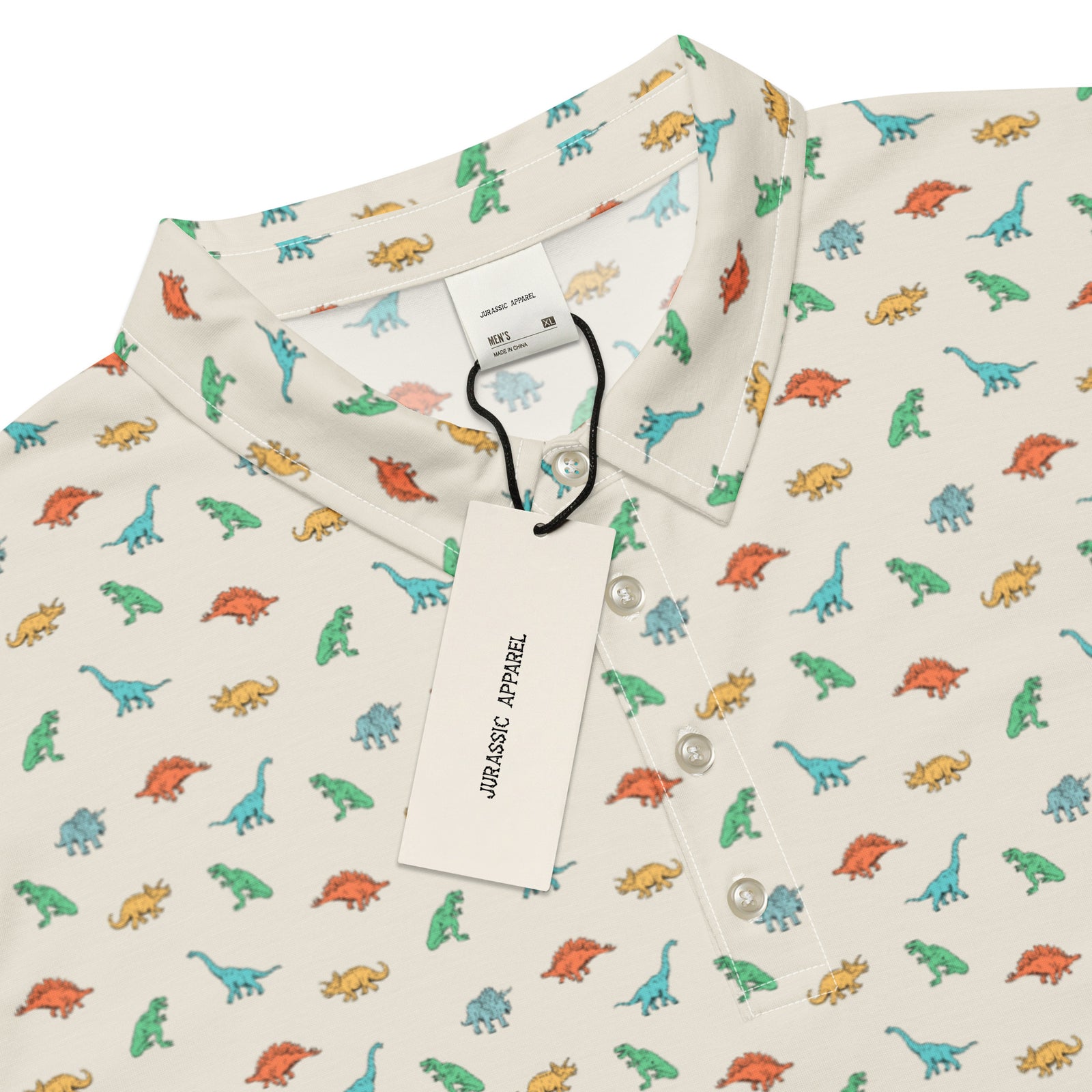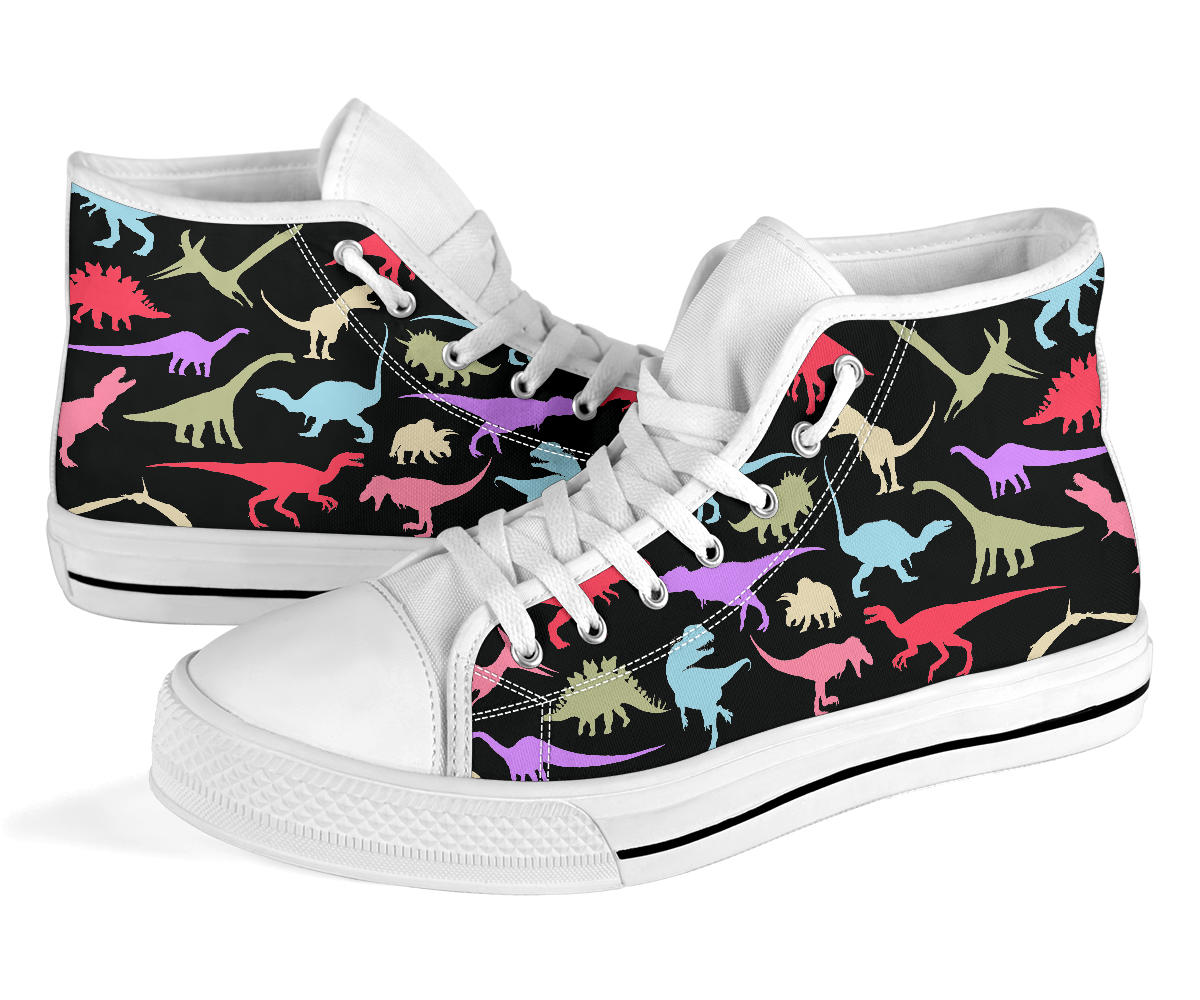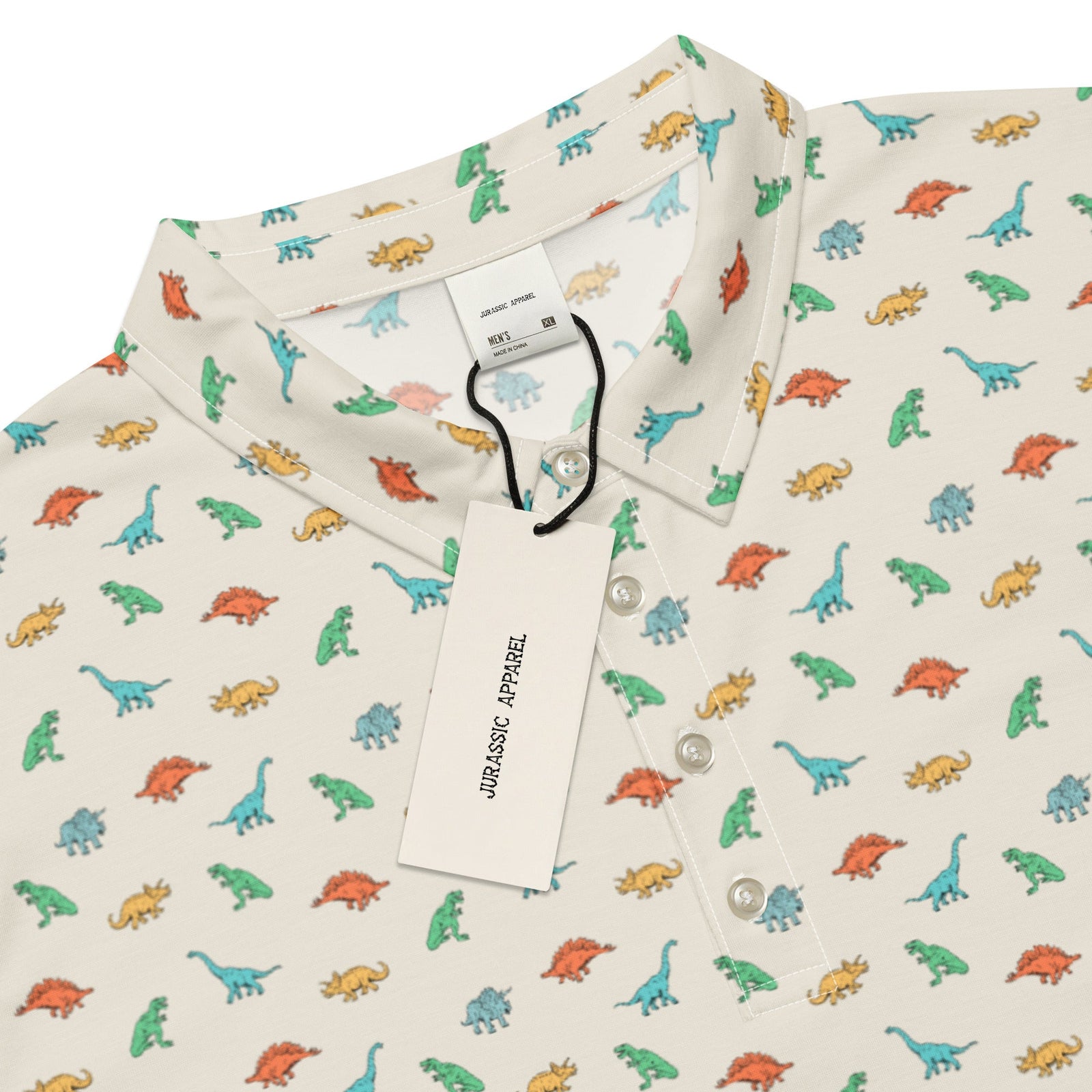Free Shipping On Orders over $75
Free Shipping On Orders over $75
Women's
Men's
Kids
Baby/Toddler
Accessories
Tyrannosaurus Rex: The Mighty Dinosaur
June 02, 2024 3 min read

Tyrannosaurus Rex: The Mighty Dinosaur
Dinosaur Facts:
- Dinosaur Type: Theropod
- Period: Late Cretaceous
- Diet: Carnivorous
- Length: Up to 40 feet
- Height: Approximately 12 feet
- Weight: Around 9 tons
- Notable Features: Large skull, powerful jaws with serrated teeth, short arms with two clawed fingers, strong hind limbs
Tyrannosaurus Rex for Kids
Meet the T. Rex!
The Tyrannosaurus Rex, often called T. Rex, is one of the most famous dinosaurs ever discovered. This gigantic predator roamed the Earth about 68 to 66 million years ago during the Late Cretaceous period. Known for its massive size and fearsome appearance, the T. Rex has become a favorite among dinosaur enthusiasts, especially kids!
What Did T. Rex Look Like?
The T. Rex was a huge dinosaur, reaching up to 40 feet long and weighing as much as 9 tons. Its large head had powerful jaws filled with sharp, serrated teeth perfect for tearing into its prey. Despite its size, the T. Rex had relatively short arms, each ending in two sharp claws. Its strong hind legs made it a fast and agile hunter.
What Did T. Rex Eat?
As a carnivore, the T. Rex was at the top of the food chain. It hunted other dinosaurs and likely scavenged for food as well. Its teeth were designed to crush bones and rip through flesh, making it one of the most formidable predators of its time.
In-Depth Look at Tyrannosaurus Rex
Anatomy and Physical Features
The T. Rex had a robust build with a massive skull that could be up to 5 feet long. Its jaws housed around 60 teeth, some reaching lengths of 12 inches. These teeth were not only long but also serrated, allowing the T. Rex to deliver devastating bites. Despite having short arms, the T. Rex’s hind limbs were incredibly powerful, enabling it to run at speeds estimated to be up to 20 mph.
Behavior and Habitat
The T. Rex lived in a variety of environments, including subtropical and semi-arid regions, which are now part of North America. Fossil evidence suggests that it was both a hunter and a scavenger, using its keen sense of smell to locate carcasses from miles away. Its large, binocular vision also helped it spot prey effectively.
Scientific Discovery and Research
The first T. Rex fossils were discovered by Barnum Brown in 1902. Since then, numerous T. Rex skeletons have been unearthed, providing scientists with a wealth of information about this incredible dinosaur. The most famous specimen, named “Sue,” is one of the most complete T. Rex skeletons ever found and is displayed at the Field Museum in Chicago. Research on T. Rex has revealed insights into its growth patterns, suggesting that it experienced rapid growth spurts during its teenage years. For more on Sue, visit Field Museum.
Social Behavior and Hunting Techniques
While traditionally thought to be a solitary hunter, recent studies have suggested that T. Rex may have exhibited some social behaviors. There is evidence that T. Rex might have hunted in packs or engaged in complex social interactions. Its hunting techniques were likely sophisticated, utilizing its keen sense of smell and powerful bite to subdue prey. Some paleontologists believe that T. Rex used its strong legs to ambush prey, relying on its powerful jaws to deliver a fatal bite.
T. Rex in Popular Culture
The T. Rex has captivated the imagination of people worldwide, becoming a staple in movies, books, and TV shows about dinosaurs. Its fearsome appearance and predatory nature have made it a symbol of prehistoric power and mystery. The T. Rex’s portrayal in films like “Jurassic Park” has cemented its status as a cultural icon, sparking interest and fascination among both children and adults. Learn more about T. Rex in popular culture on Wikipedia.
Ongoing Research and Discoveries
Paleontologists continue to study T. Rex fossils to uncover more about its biology, behavior, and environment. Advanced technologies, such as CT scanning and isotopic analysis, are providing new insights into the life of T. Rex. Ongoing research aims to understand its growth rates, dietary habits, and ecological role. As new fossils are discovered, our understanding of this magnificent dinosaur continues to evolve.
Conclusion
The Tyrannosaurus Rex remains one of the most iconic and well-studied dinosaurs. Its impressive size, powerful build, and fascinating behavior continue to intrigue both scientists and the general public. Whether you’re a young dinosaur enthusiast or an adult fascinated by prehistoric life, the T. Rex offers a glimpse into a world long past, showcasing the incredible diversity and adaptability of dinosaurs.














